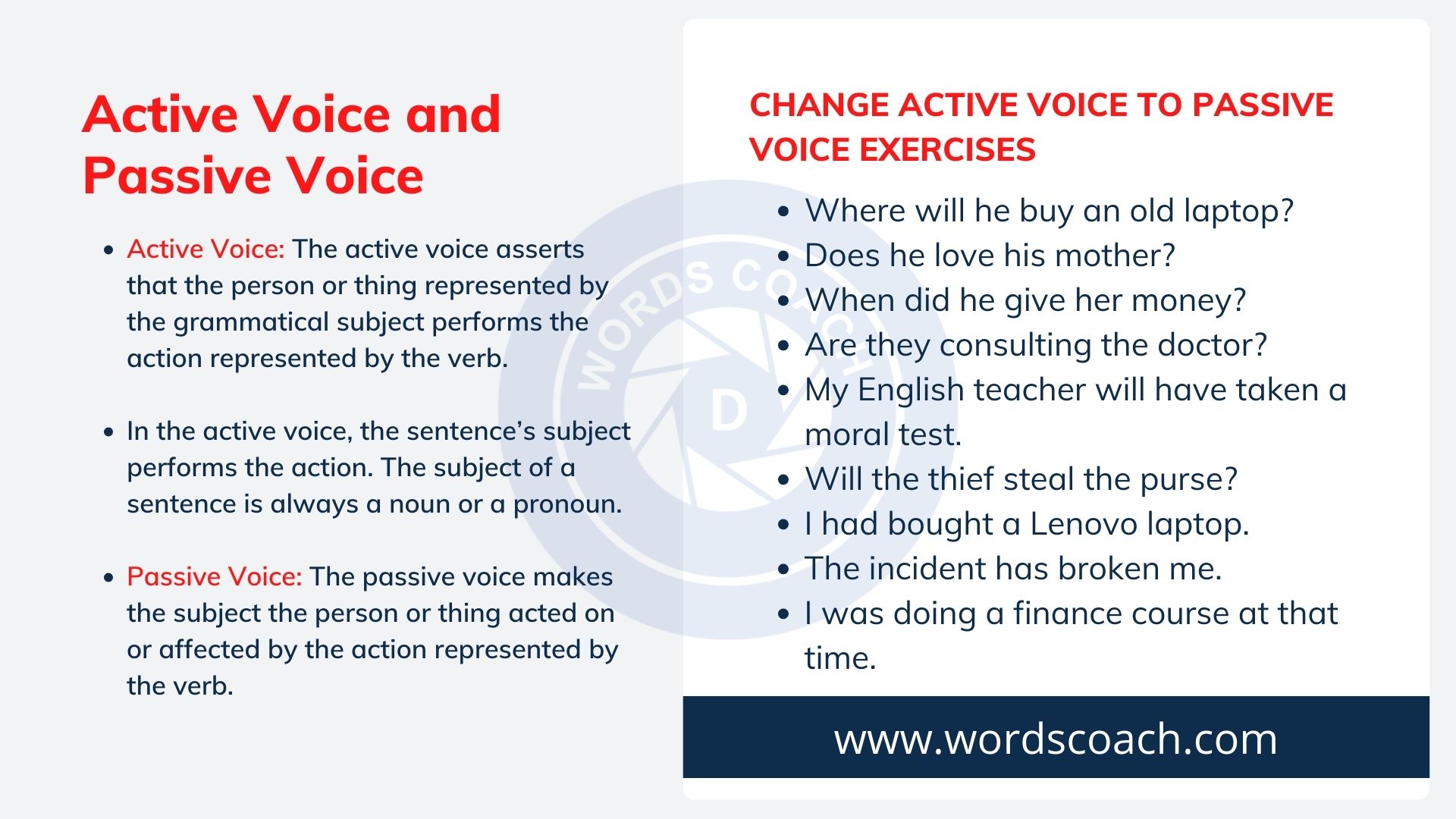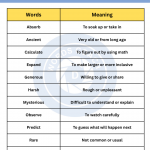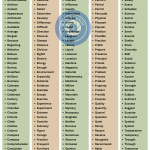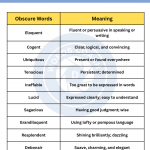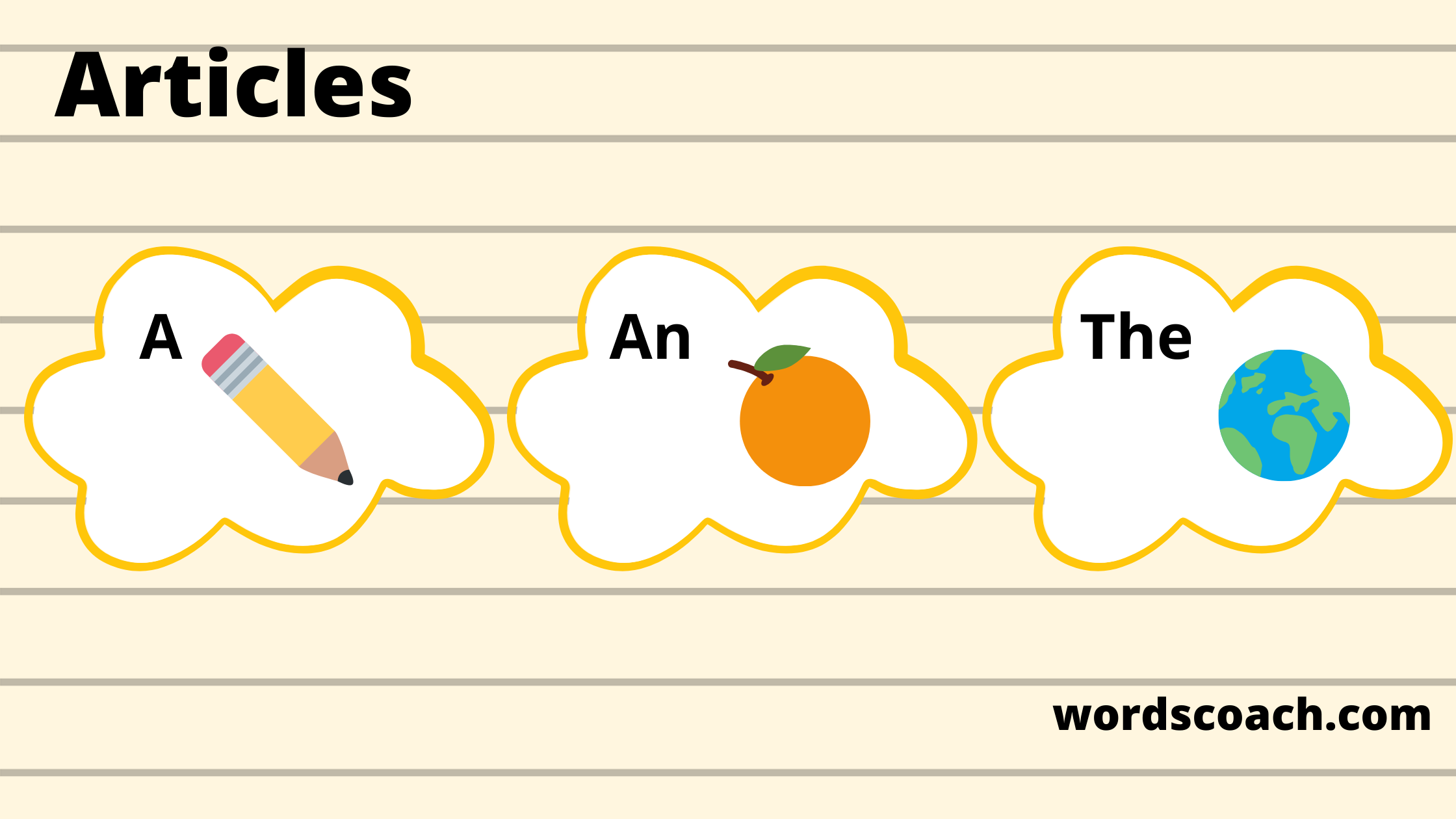Active Voice and Passive Voice (active and passive voices)
- Active Voice: The active voice asserts that the person or thing represented by the grammatical subject performs the action represented by the verb.
- In the active voice, the sentence’s subject performs the action. The subject of a sentence is always a noun or a pronoun.
- Passive Voice: The passive voice makes the subject the person or thing acted on or affected by the action represented by the verb.
Structure of Active and Passive Voice
- Active voice describes a sentence where the subject is the doer of an action. Its structure goes like this-
Subject + Verb+ Object
- Passive voice expresses an action that is carried out on the subject of the sentence. Its structure is-
Object + verb +subject
Examples:
- Active Voice: The teacher refused your admittance.
Passive Voice: Your admittance was refused by the teacher.
- Active Voice: They will do the work.
Passive Voice: The work will be done by them.
Rules for Active and Passive Voice
- The subject of the verb in the active voice(they) becomes the object in the Passive voice sentences.
- The auxiliary verb ‘be’ (am, is are, was, were) is added before the past participle according to the tense of the verb.
- Generally ‘by’ is used before the object of the passive voice sentences.
- It is a thumb rule that passive voice phrases, as a rule, always use the third form of the verb, also known as the past participle form of the verb.
- If the notion you’re attempting to express is obvious, you may sometimes drop the subject entirely from the passive voice. You just have to make a judgment call for that.
- The certain verb takes fixed prepositions after them that replace ‘by’. Some of these verbs are- known to, surprised by/at, vexed by, amazed by, contained in, annoyed with/at, tired of, filled with, decorated with, engulfed in.
Voice and Tenses
1. Simple Present Tense
Use the simple present tense to make a generalization, present a state of being, or indicate a habitual or repeated action.
Structure:
| Active Voice | Subject + v1 + object. |
| Passive Voice | Object + is/are/am + v3 + by + subject. |
Examples:
- Active voice: A lot of people buy insurance policies every year.
Passive voice: Insurance policies are bought every year by a lot of people.
- Active Voice: I write a novel.
Passive Voice: A novel is written by me.
2. Present Continuous
– Use the present progressive to describe an ongoing activity or a temporary action.
Structure:
| Active Voice | Subject + is/are/am + v1 + ing + object |
| Passive Voice | Object + is/are/am + being + v3 + by + subject |
Examples:
- Active voice – YouTube is doing a big business.
Passive voice – A big business is being done by YouTube.
- Active voice – I am eating breakfast.
Passive voice – The breakfast is being eaten by me.
3. Present Perfect
Use the present perfect to describe an action occurring in the past but relevant to the present or extending to the present.
Structure:
| Active Voice | Subject + has/have + v3 + object. |
| Passive Voice | Object + has/have + been + v3 + by + subject |
Examples:
- Active voice – We have studied Grammar very well.
Passive voice – Grammar has been studied very well by us.
- Active voice – Google ads have increased my revenue.
Passive voice – My revenue has been increased by Google ads.
4. Past Tense
Use the simple past to indicate a general or habitual action occurring in the past or at a specific time in the past.
Structure:
| Active Voice | Subject + v2 + object |
| Passive Voice | Object + was/were + v3 + by + subject |
Example:
- Active voice – I wasted my time.
Passive voice – My time was wasted by me.
- Active voice – I invited you to the party.
Passive voice – You were invited by me to the party.
5. Past Continuous
Use the past progressive to indicate an ongoing action in the past or an action continuing through a specific past time.
Structure:
| Active Voice | Subject + was/were + v1 + ing + object |
| Passive Voice | Object + was/were + being + v3 + by + subject. |
Examples:
- Active voice – The chairman of the board was disconnecting my phone.
Passive voice – My phone was being disconnected by the chairman of the board.
- Active voice- I was playing video games.
Passive voice- The video games were being played by me.
6. Past Perfect
Use the past perfect to indicate an action completed before a particular time or before another action in the past.
Structure:
| Active Voice | Subject + had + v3 + object. |
| Passive Voice | Object + had + been + v3 + by + subject. |
Examples:
- Active voice – He had earned money online.
Passive voice – Money had been earned online by him.
- Active voice – My family had recognized me
Passive voice – I had been recognized by my family.
7. Future Tense
Use the future to indicate an action that is expected to take place at a future time.
Structure:
| Active Voice | Subject + will/shall + v1 + object |
| Passive Voice | Object + will/shall + be + v3 + by + subject |
Examples:
- Active voice – He will pass the exam.
Passive voice – The exam will be passed by him.
- Active voice – He will play the match.
Passive voice – The match will be played
8. Future perfect tense
Structure:
| Active Voice | Subject + will /shall + have + v3 + object. |
| Passive Voice | Object + will/shall + have + been + v3 + by + subject. |
Examples:
- Active voice – He will have bought a new bicycle.
Passive voice – A new bicycle will have been bought by him.
- Active voice- you will have started the job.
Passive voice- The job will have been started by you.
Note: Future continuous and perfect continuous tenses do not form passive voice.
Change Active Voice to Passive Voice Exercises ( Practice Yourself )
- Where will he buy an old laptop?
- Does he love his mother?
- When did he give her money?
- Are they consulting the doctor?
- My English teacher will have taken a moral test.
- Will the thief steal the purse?
- I had bought a Lenovo laptop.
- The incident has broken me.
- I was doing a finance course at that time.
- Karan is playing Hockey.
Passive Voice Quiz
Read More:
| 50+ Sentences of active and passive voice | 4 Types of Sentences in English |
| 50+ Sentences with Have in English | 100 Examples of direct and indirect speech |
Download Words Coach: English Grammar
